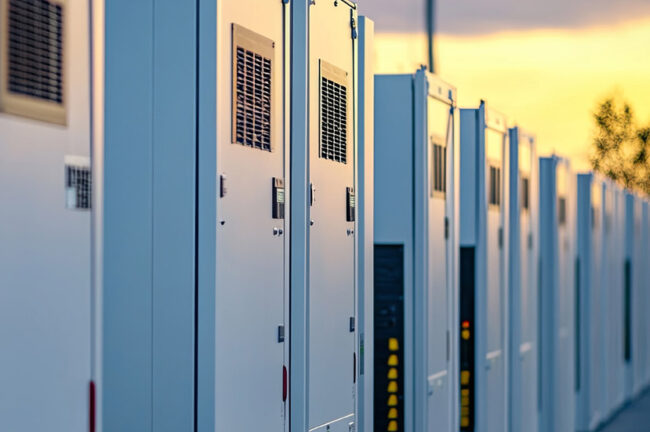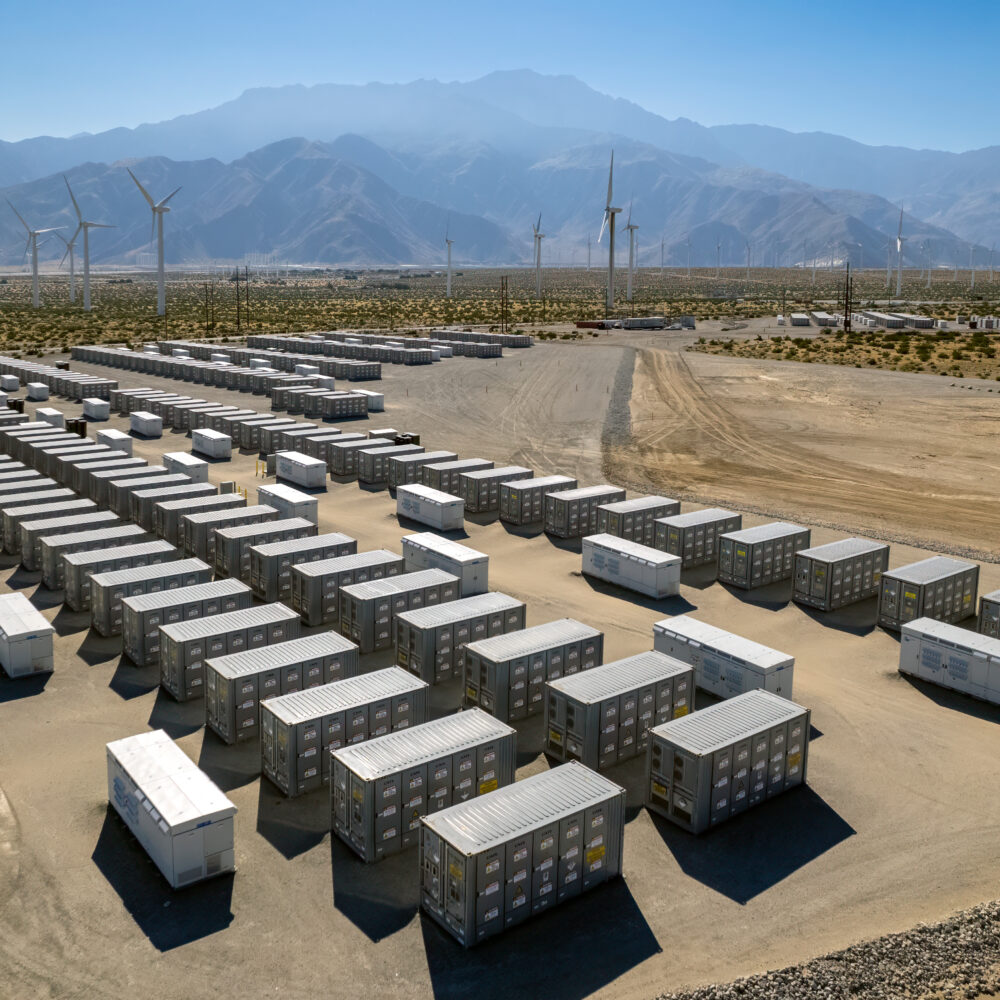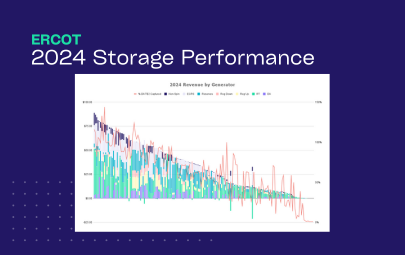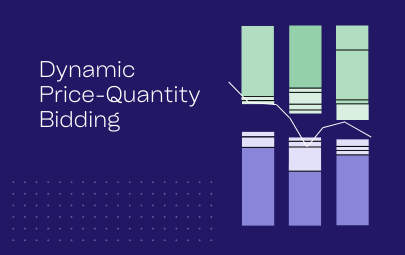Once construction is complete, the final hurdle to getting your battery energy storage system (BESS) online is integration. Asset- and market-level integration is required to make informed bidding decisions and ensure those bids are successfully submitted to ERCOT. Without seamless and comprehensive integrations, availability, and in turn, performance will suffer.
But here’s the challenge: the integration process isn’t one-size-fits-all. Each provider has different systems, varying data standards, and degrees of responsiveness. If you don’t know exactly what to ask for, it’s easy to miss important details.
That’s where having a partner – a team that understands the process inside and out – to help quarterback the process can make all the difference. Experience with the required project management ensures everything is set up correctly from day one and prevents costly delays and inefficiencies.
Here are the basics – laying out why these integrations are critical and what to look for in each solution.

Asset Integration
Successfully operating a battery – with the ability to re-optimize in real-time (ie. configure and place new bids) – requires a consistent data stream reporting on the physical state of the asset. This is called telemetry. The more granular and timely the data flowing into the optimizer, the more accurate and advanced the optimization can be.
Telemetry is simply the data that comes out of a physical device, providing insights into its current state. For energy storage systems, the data is crucial for:
- Understanding Available Energy and Capacity – Inverters and battery packs can go offline or degrade. Knowing the live state of energy and power capacity ensures you bid the appropriate quantities into the market and can meet your obligations.
- Enabling Real-Time Bidding – Near real-time telemetry ensures the optimizer can reformulate bids and submit them before each operating interval.
- Ensuring Data Usability – The telemetry feed must be structured in a format that the platform can interpret and utilize efficiently. For example, having clear data definitions, documentation, and cloud access makes a big difference with tight integration timelines.
Key Telemetry Considerations:
To enable smooth real-time optimization, your data stream should check these boxes:
- Latency – Is the data arriving fast enough? Updates every 10 minutes won’t cut it.
- Predictability & Frequency – Does data come in consistently, or does it fluctuate unpredictably?
- High Availability – Is the system prone to outages? If so, you could be flying blind at critical moments.
- Format & Accessibility – Is the API based on a standard protocol? Is there clear documentation?
- Push vs. Pull Data Flow – Push is better. If the system pushes updates as soon as they’re available, your optimizer can react instantly.
At the most basic level, you need to know how much charge you have in your battery to understand how much energy you can bid. Let’s say you have a 100MW battery with a 2-hour duration and are forecasting increasing prices for the next hour. If you are at 60% state of charge (SOC), you can confidently bid into RT energy for the next few SCED intervals. However, if you only have 40% left, you may hold off so as not to deplete your energy prior to the peak. While this may seem obvious, degraded telemetry can quickly cause a wide disparity between your understanding of the battery state and its actual state.
Market Integration
The second necessary integration is with a Qualified Scheduling Entity (QSE), which facilitates the submission of bids and processes settlements.
When selecting your QSE partner, always look for:
- Seamless, API-based integration – Your optimizer should be able to send and receive data without manual intervention.
- Fast, in-order bid processing – Storage assets require sub-hourly optimization, which means your QSE must handle real-time bids that update with each SCED run (minimum every 5 minutes). Furthermore, they must process bids in the order in which they were received so the most recent plan is being submitted.
- Deep knowledge of ERCOT charge codes – Understanding settlements is critical to maximizing revenue and avoiding errors.
There are some parallels between the bid submission process for storage and high frequency trading. If your system is slow to process market data or submit bids, you’re leaving money on the table. The faster and more reliably your system can react, the better your returns.





